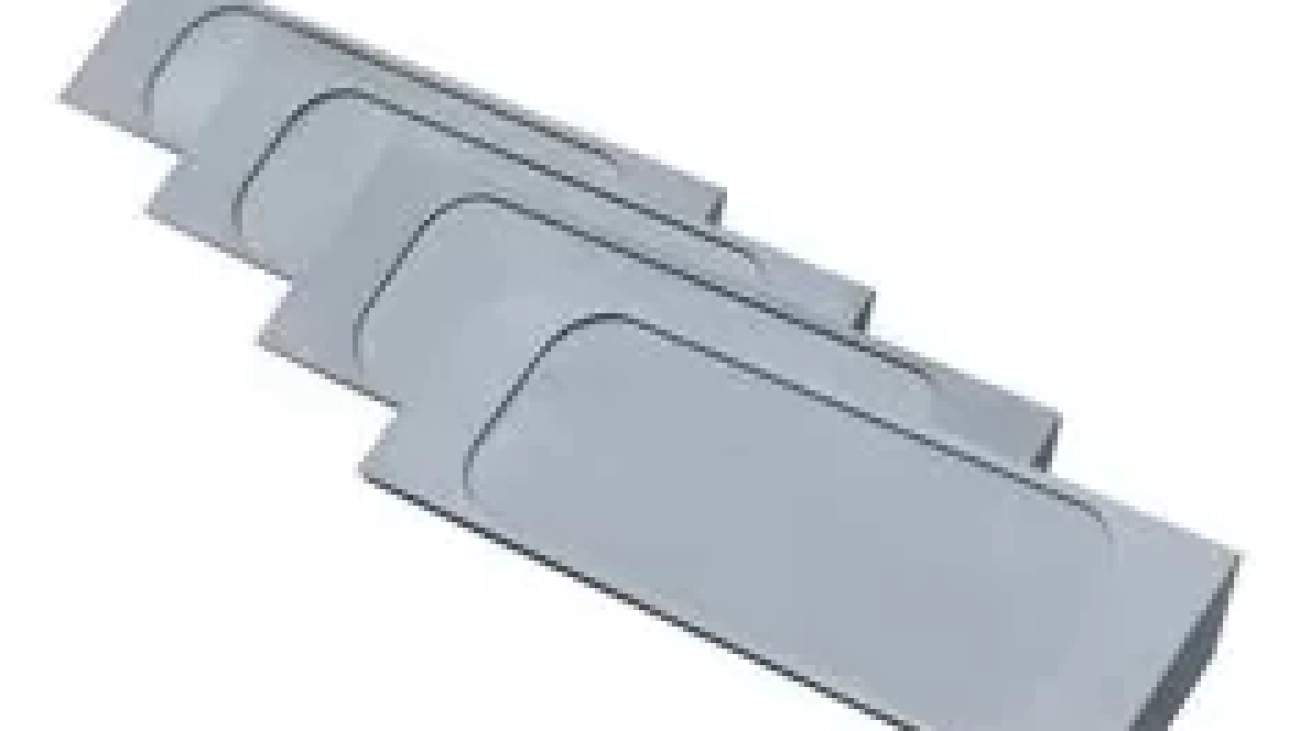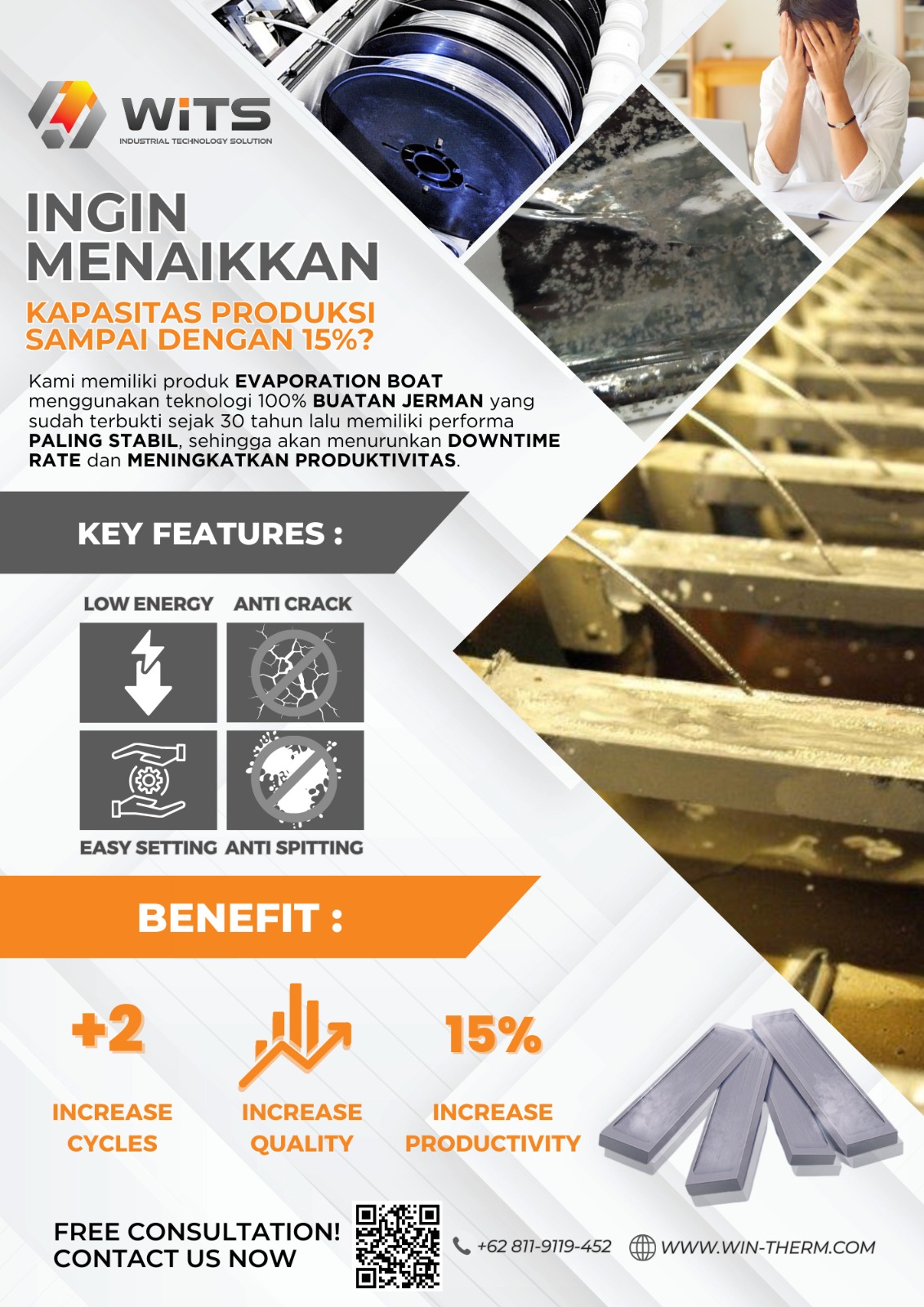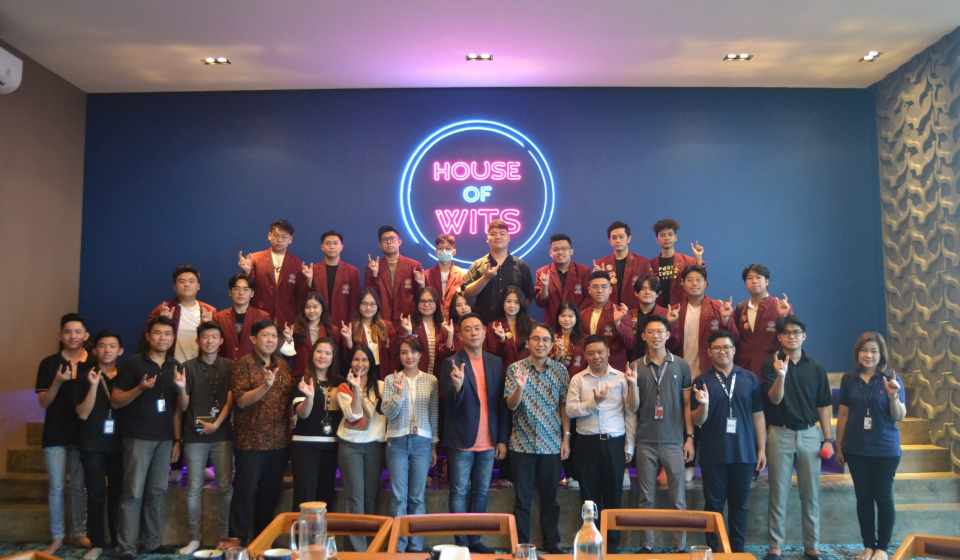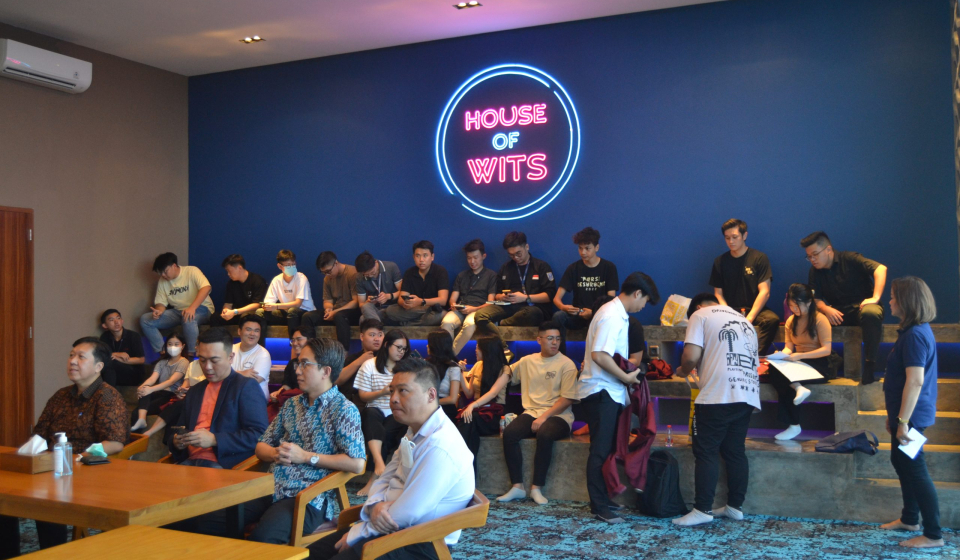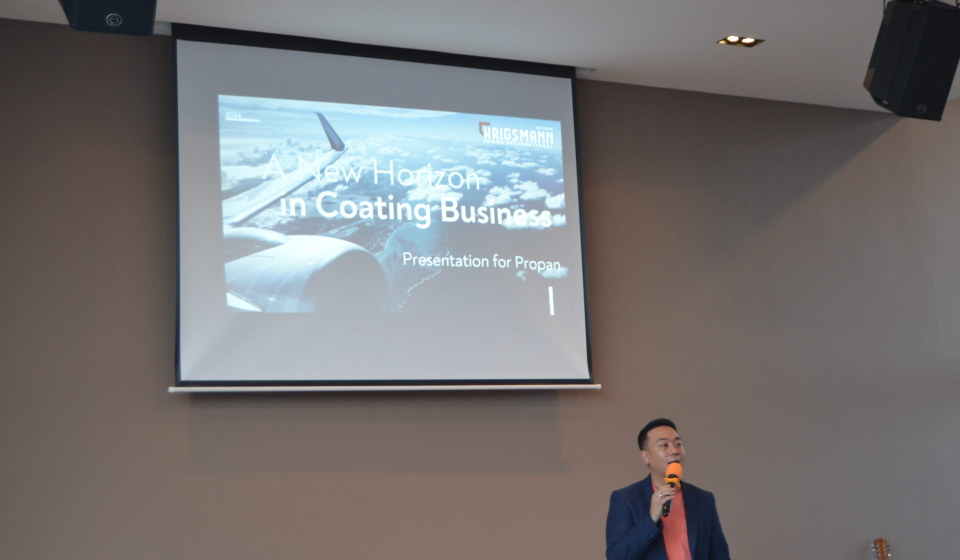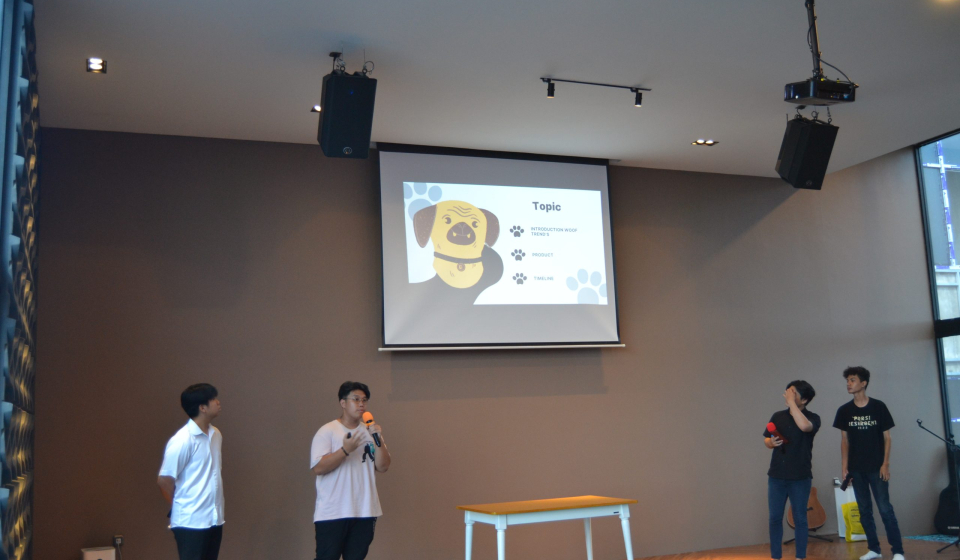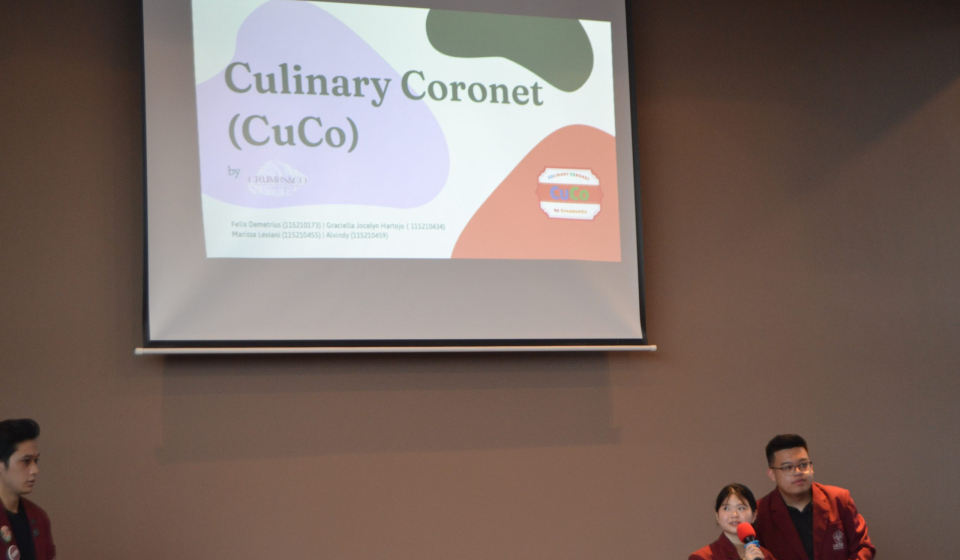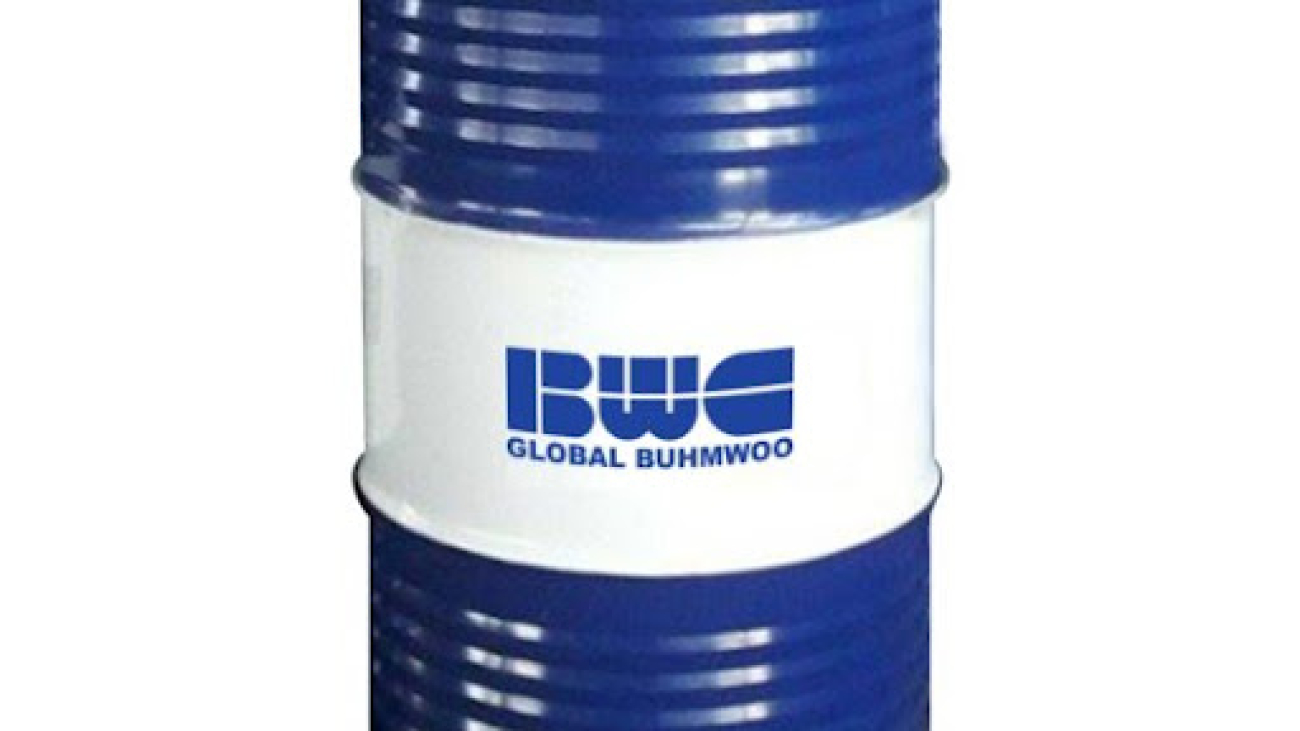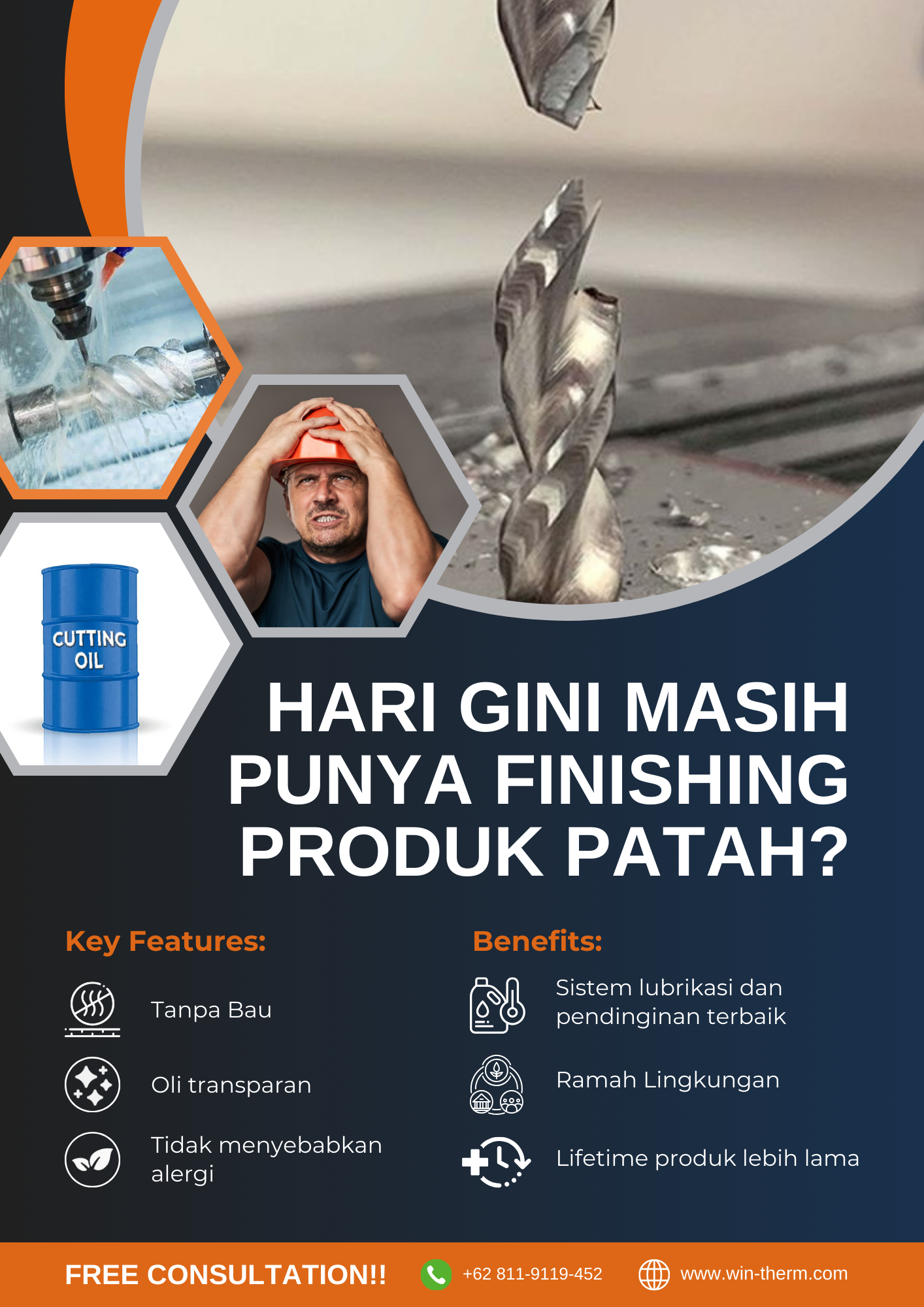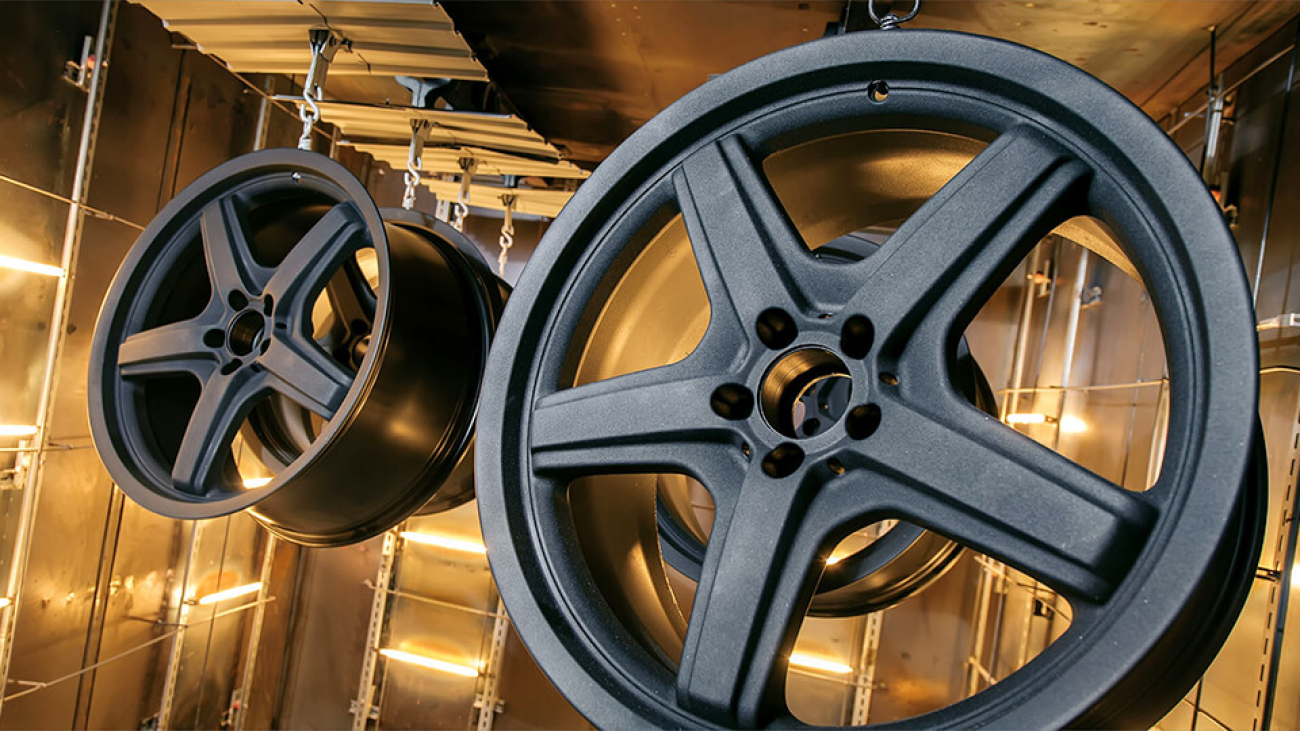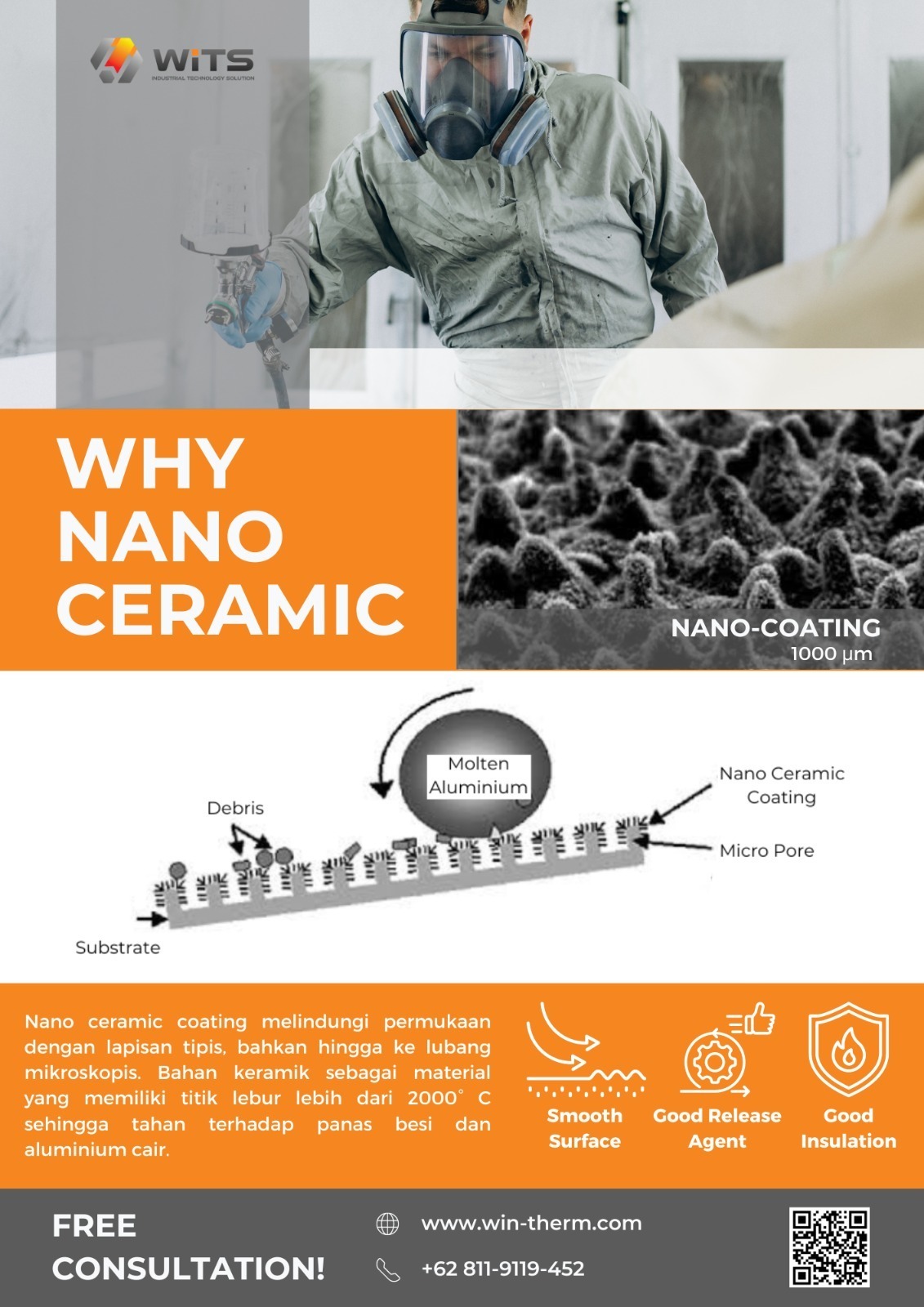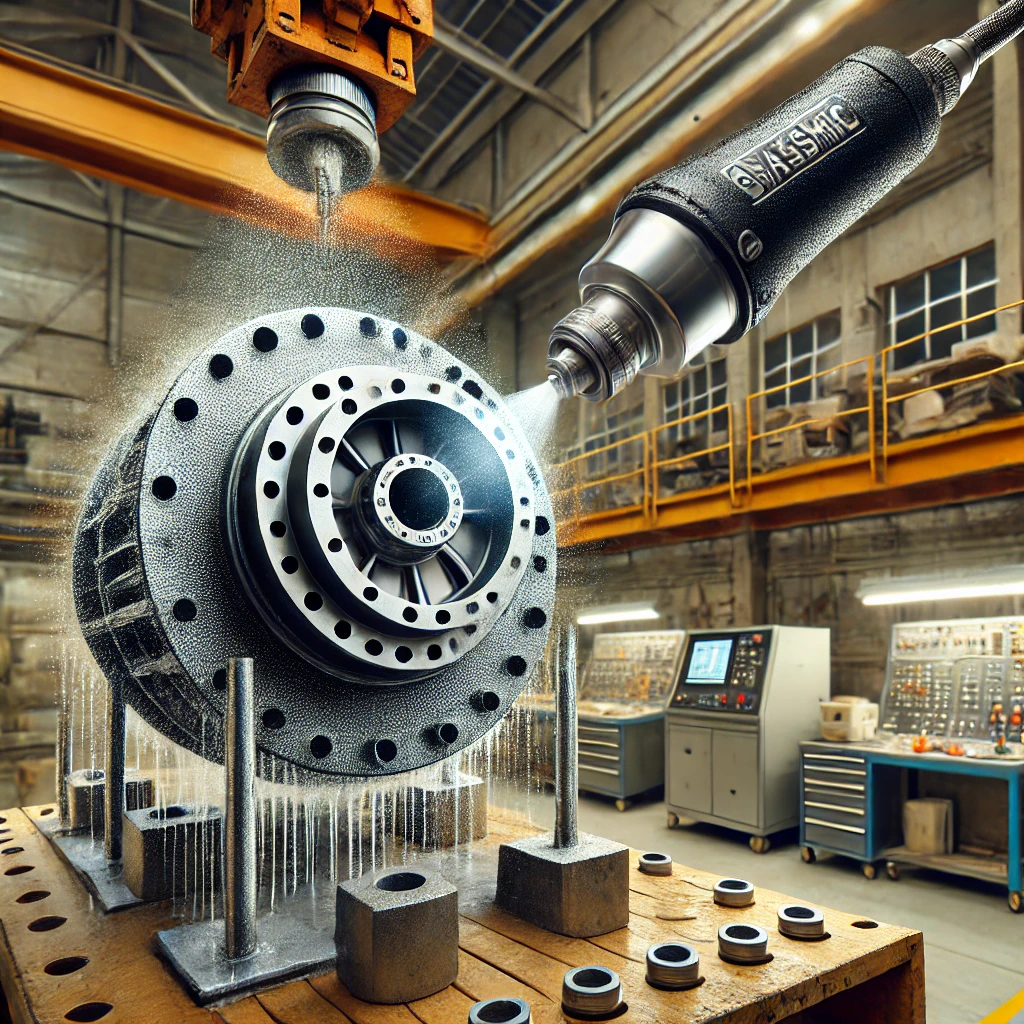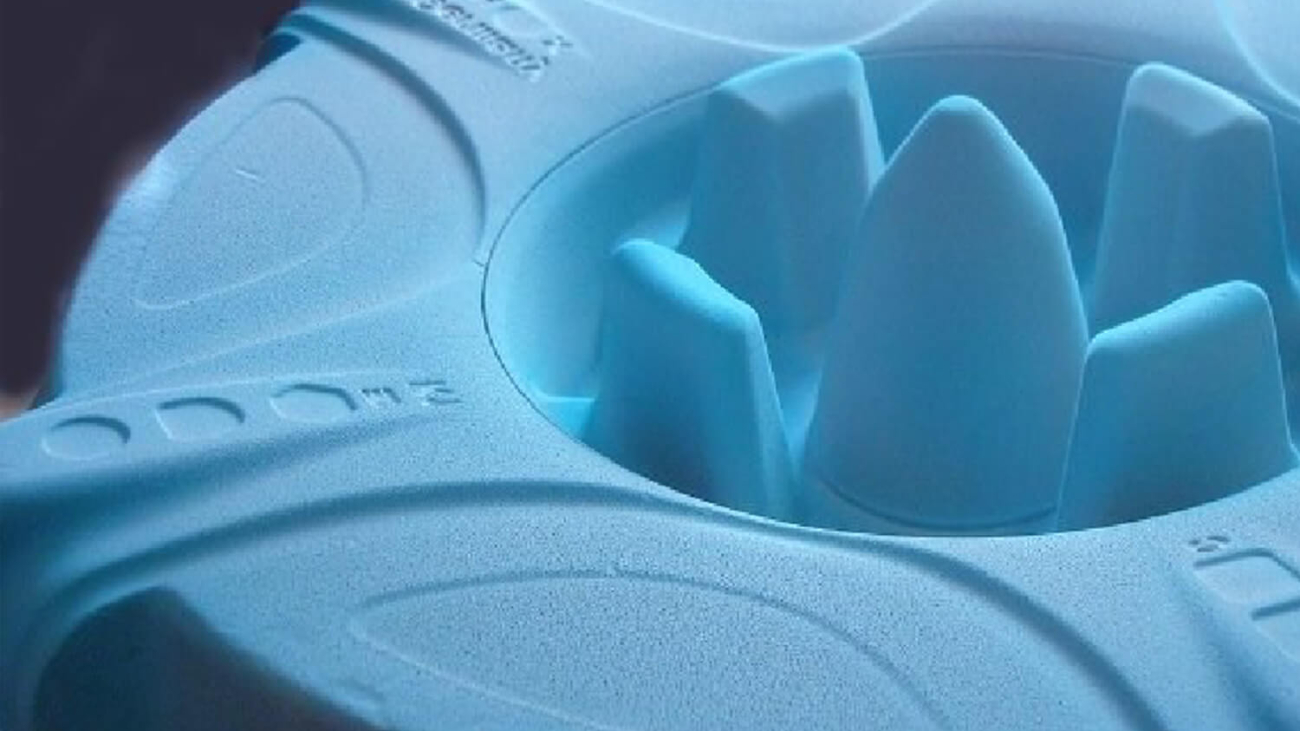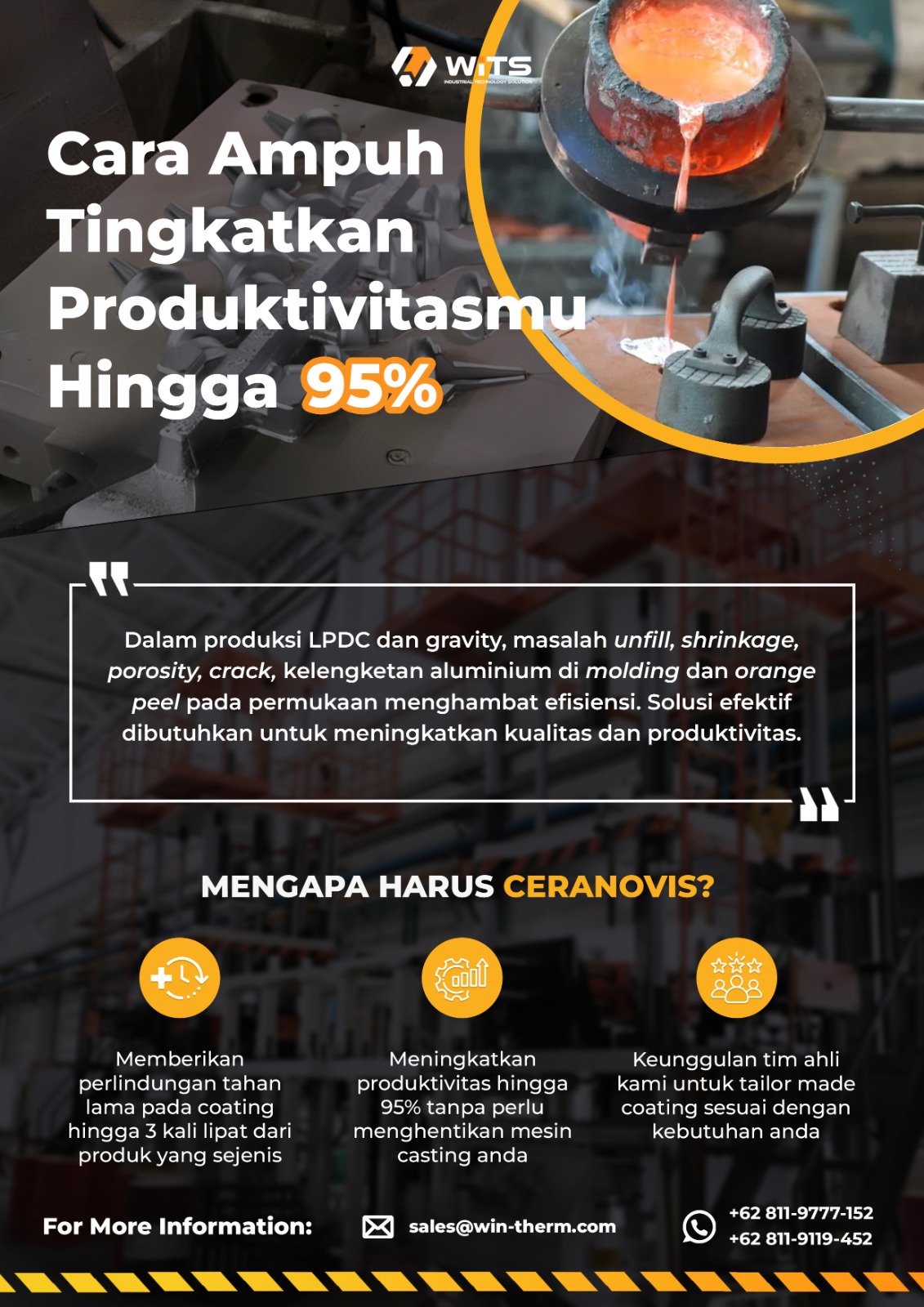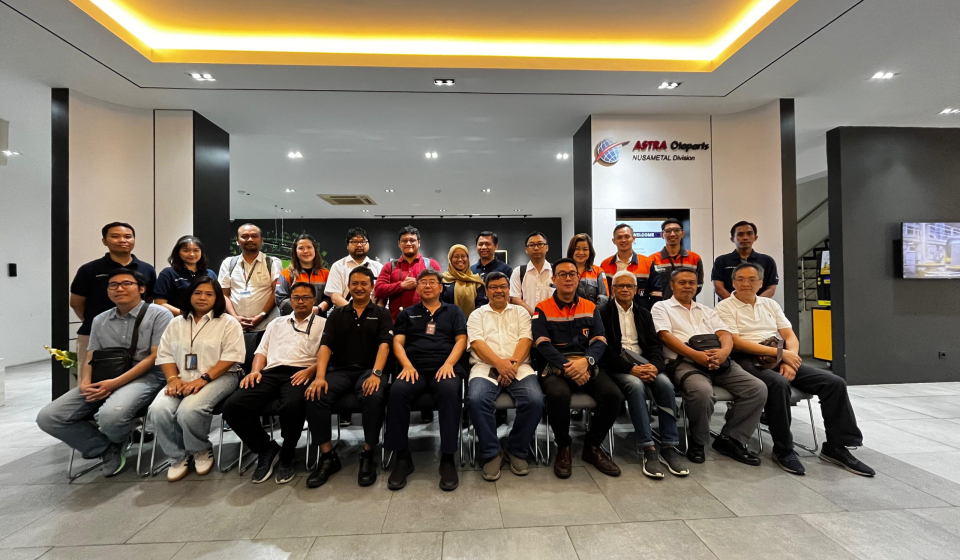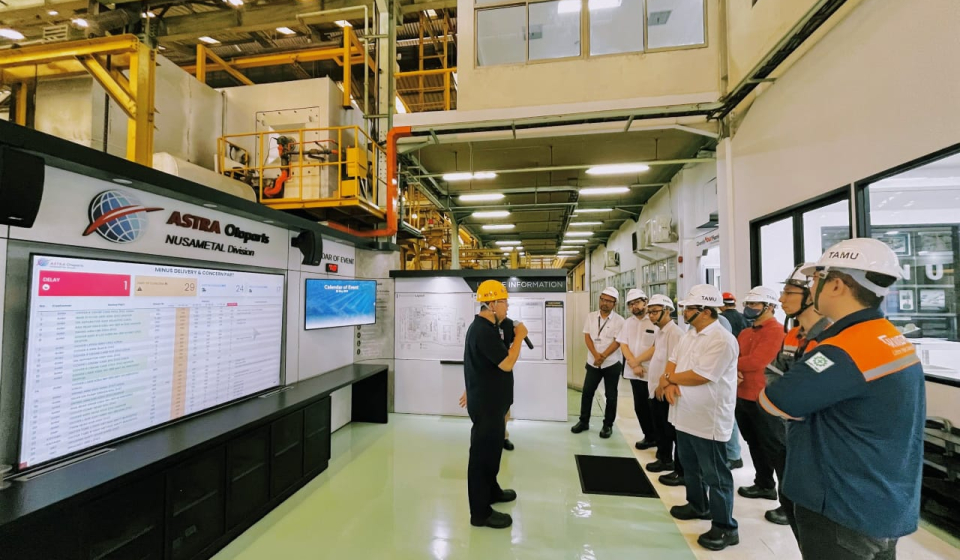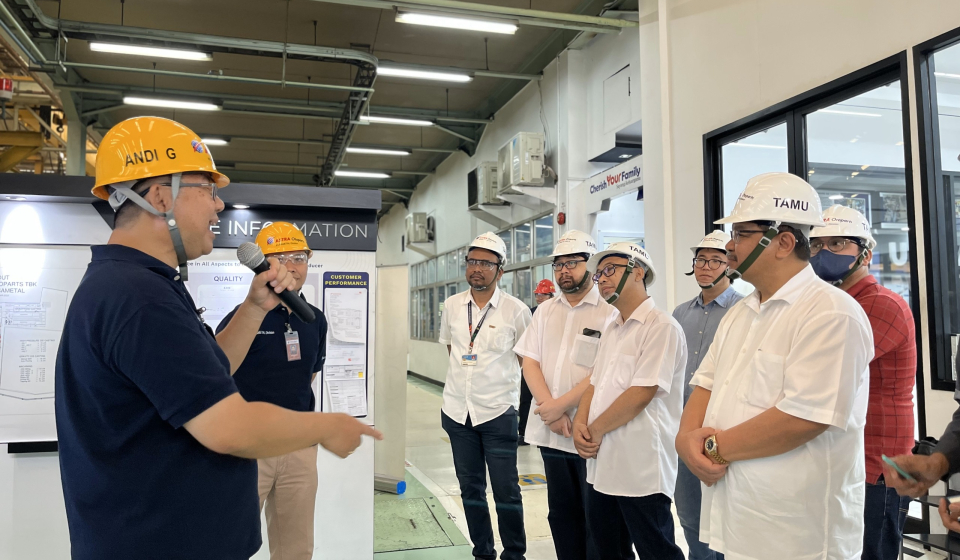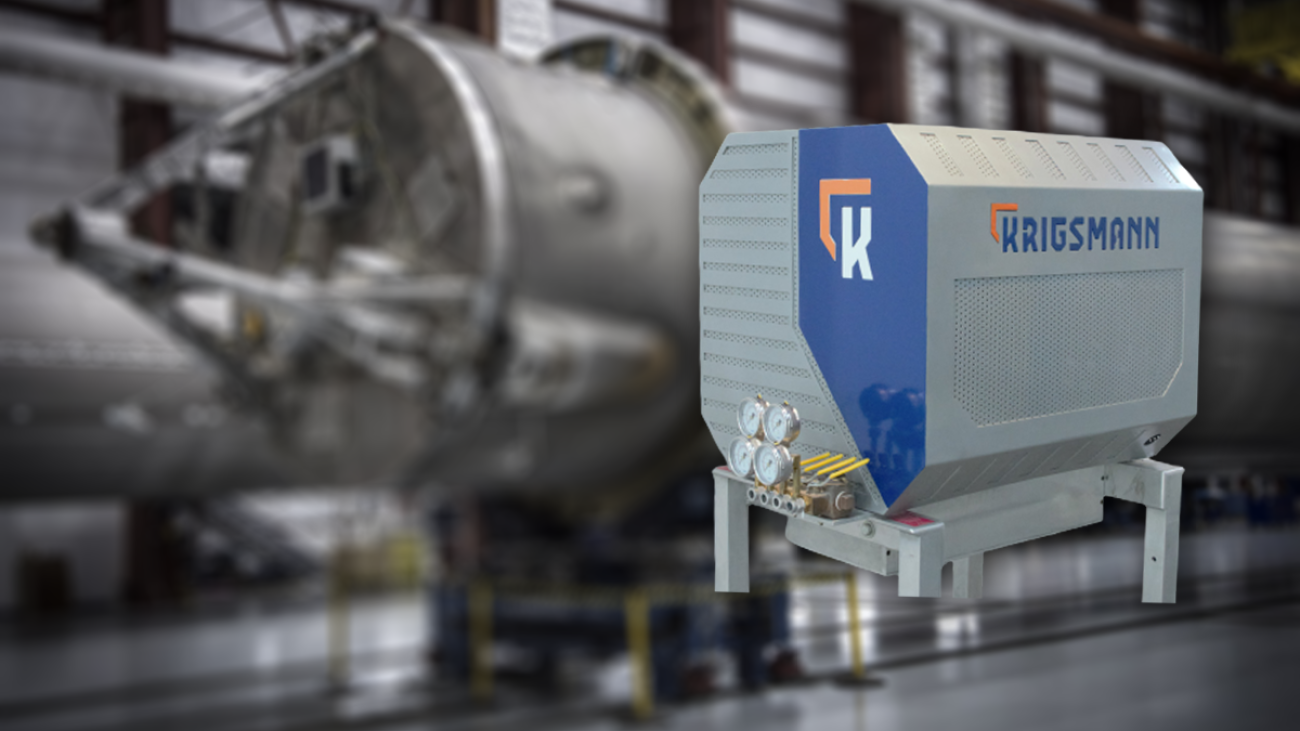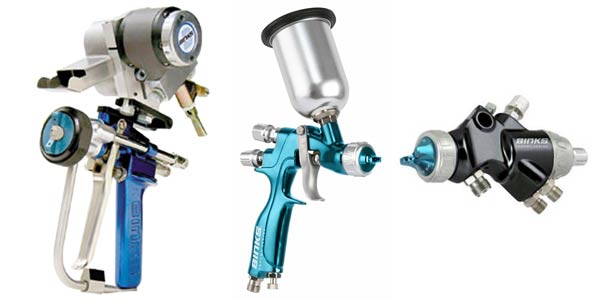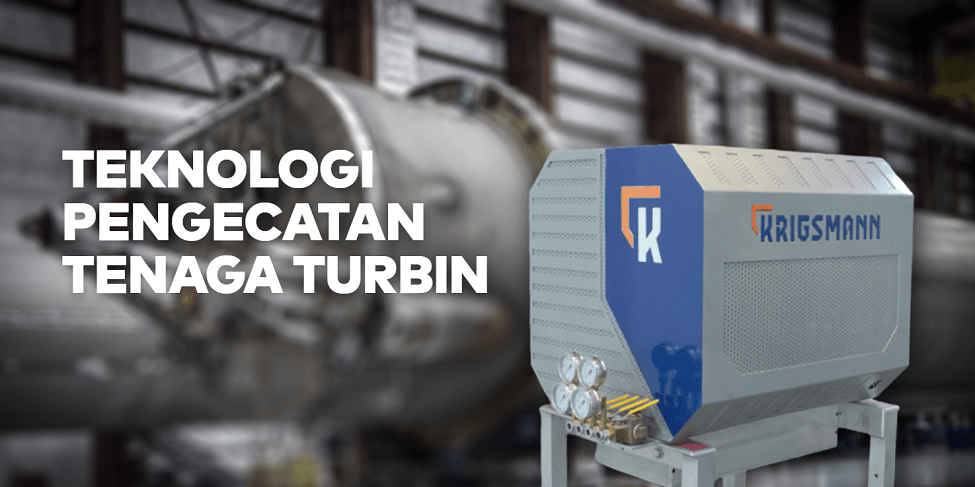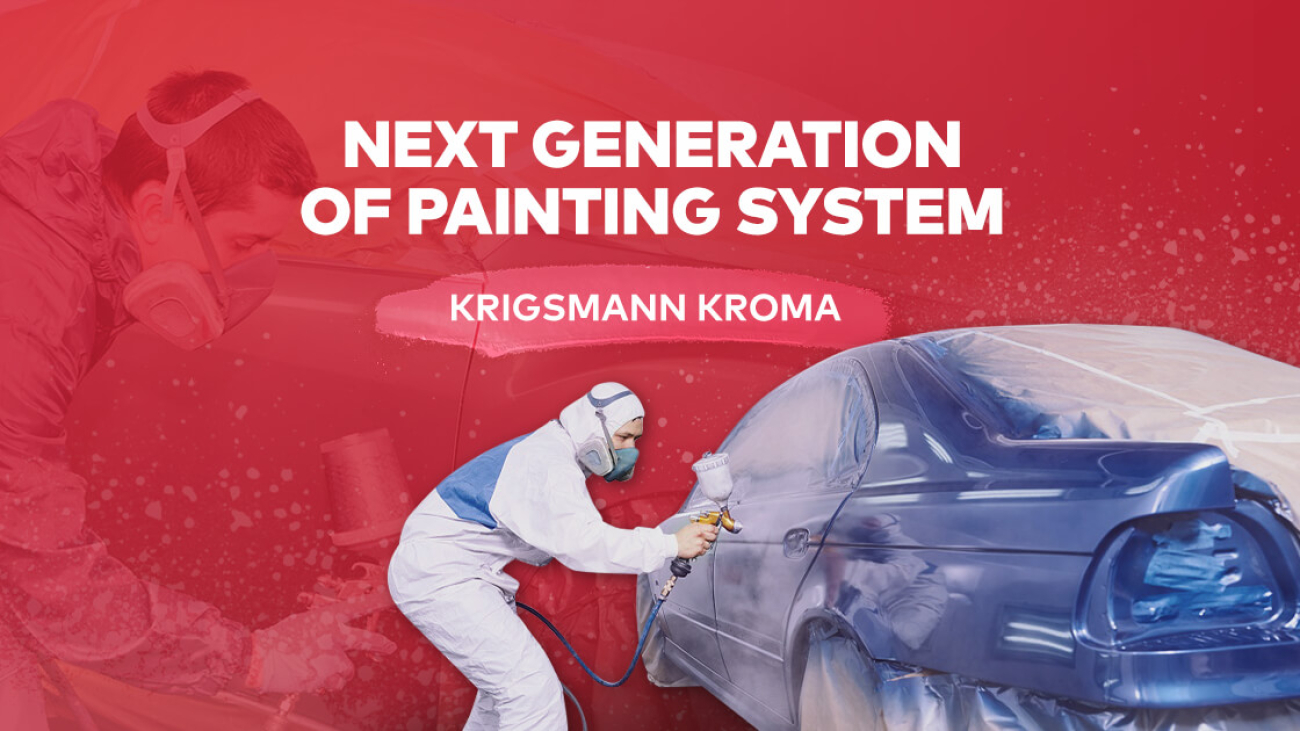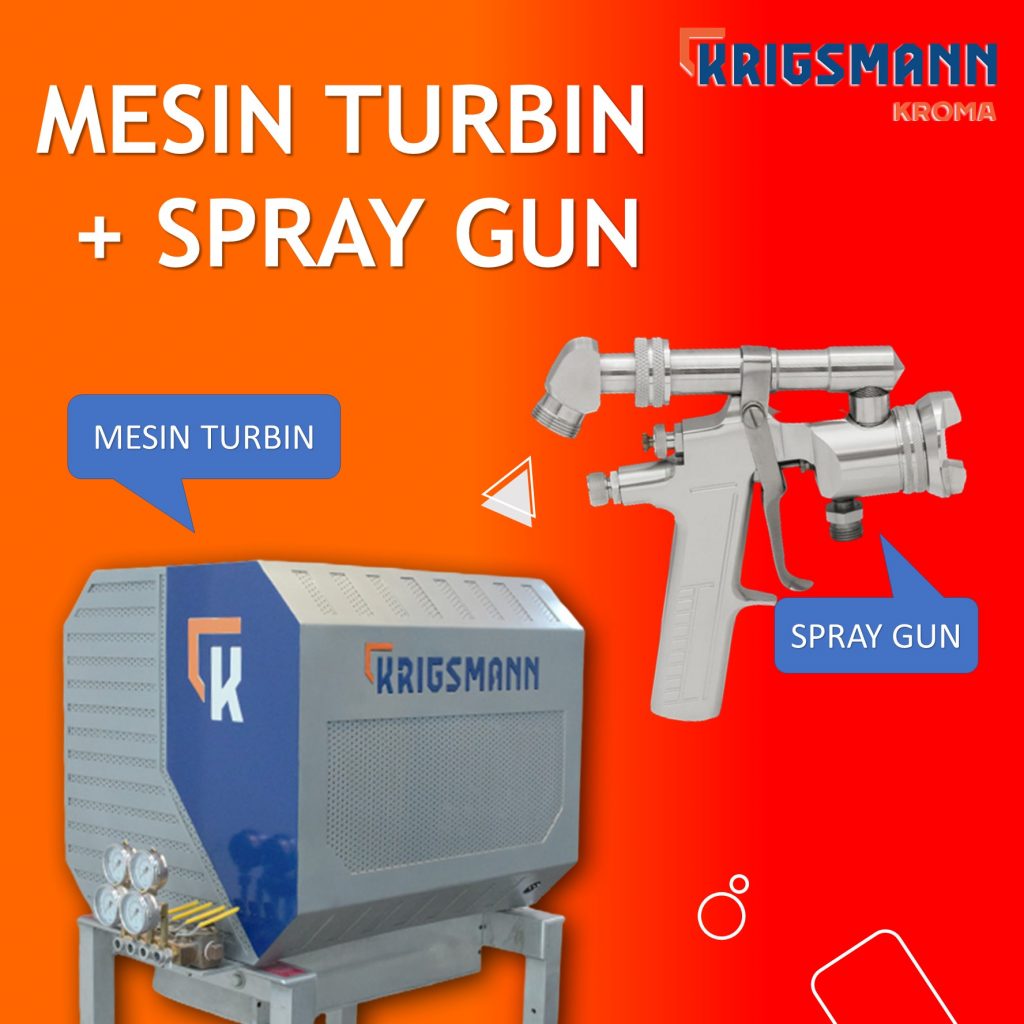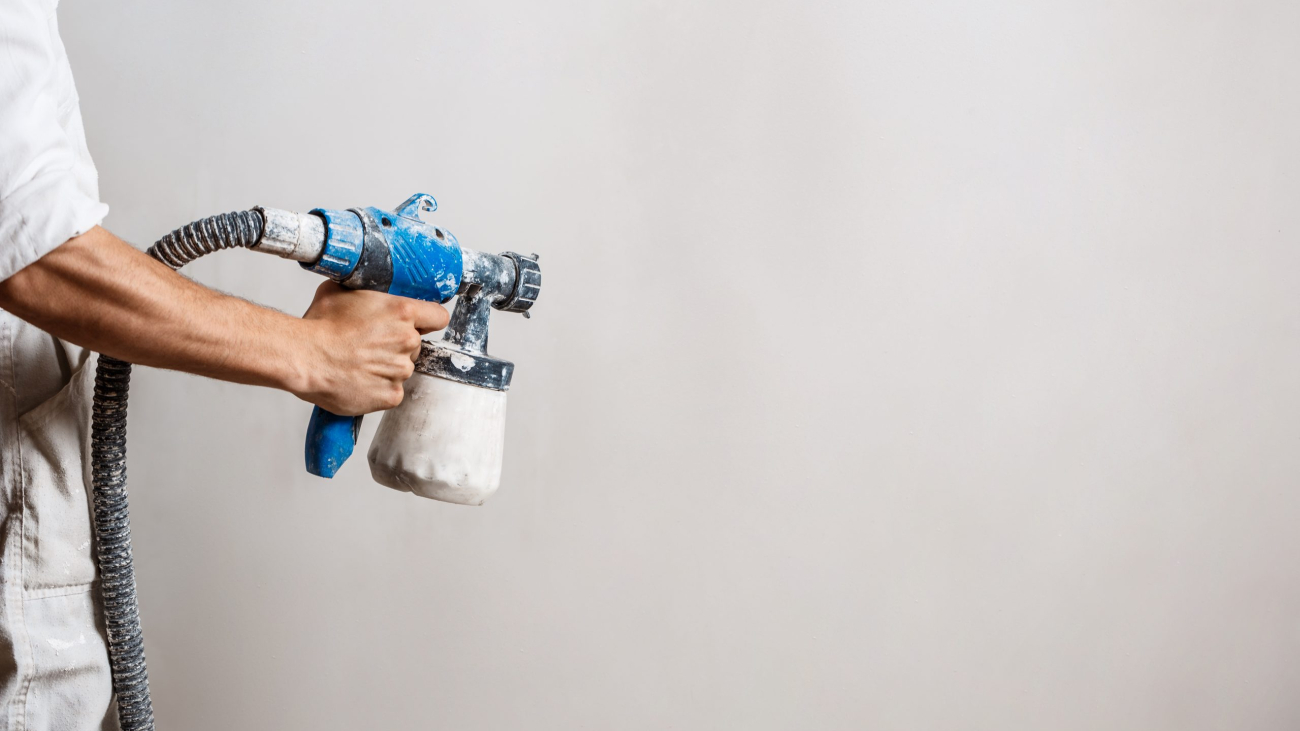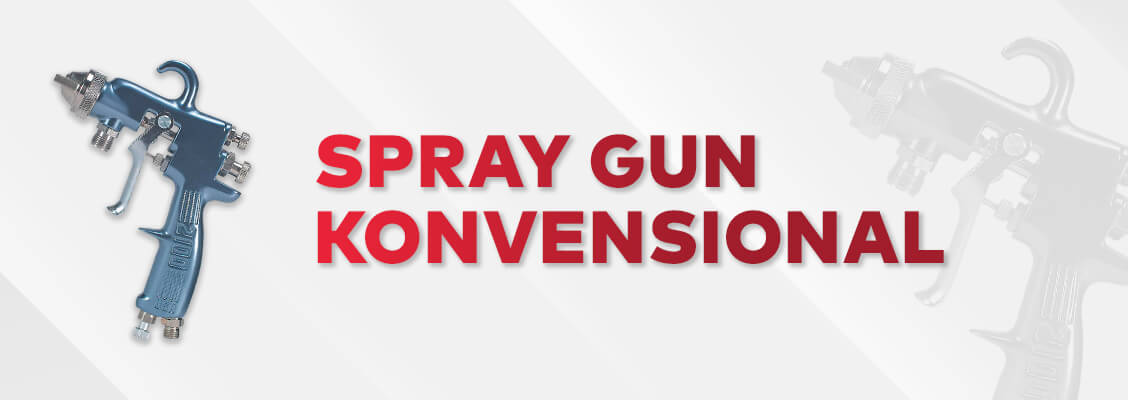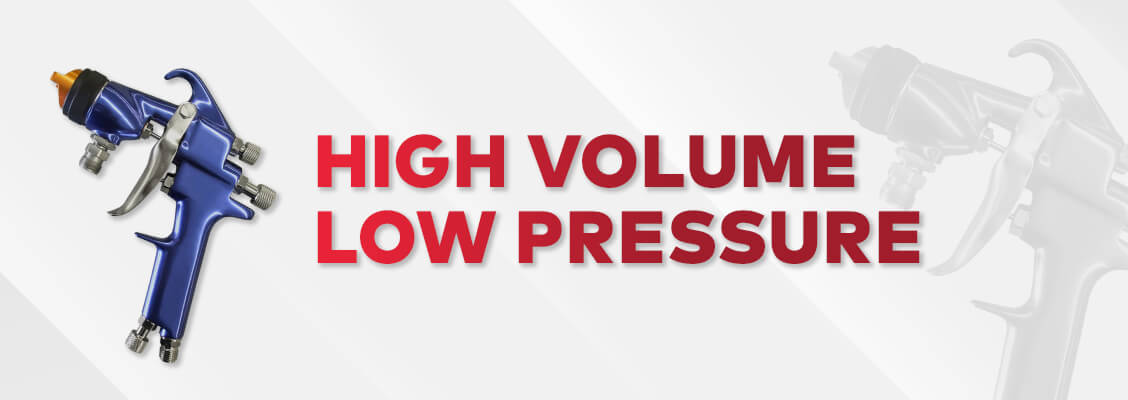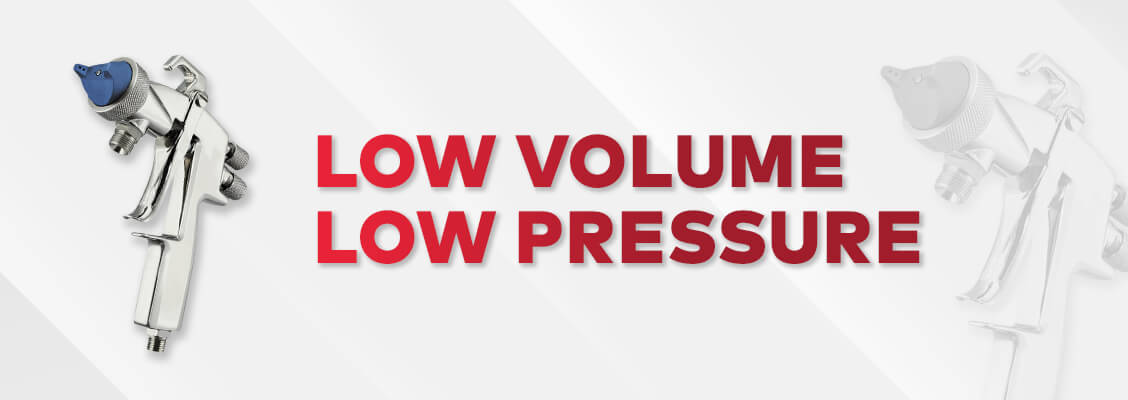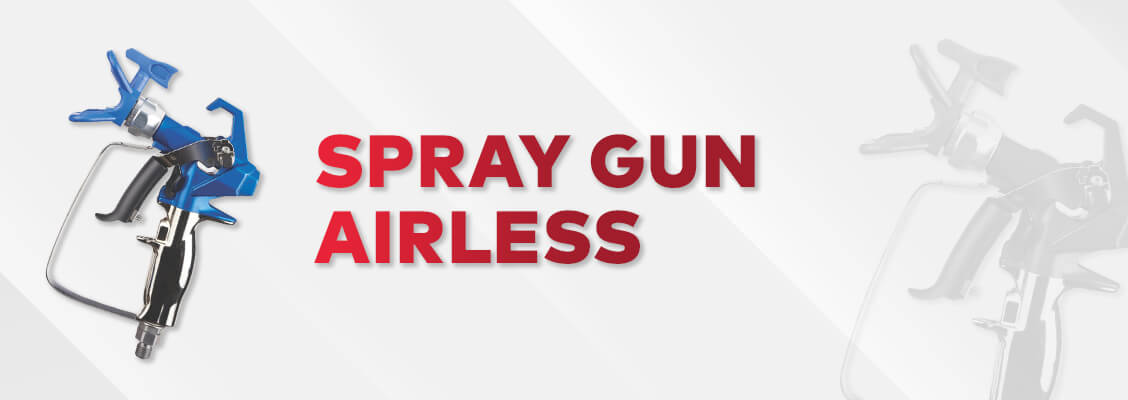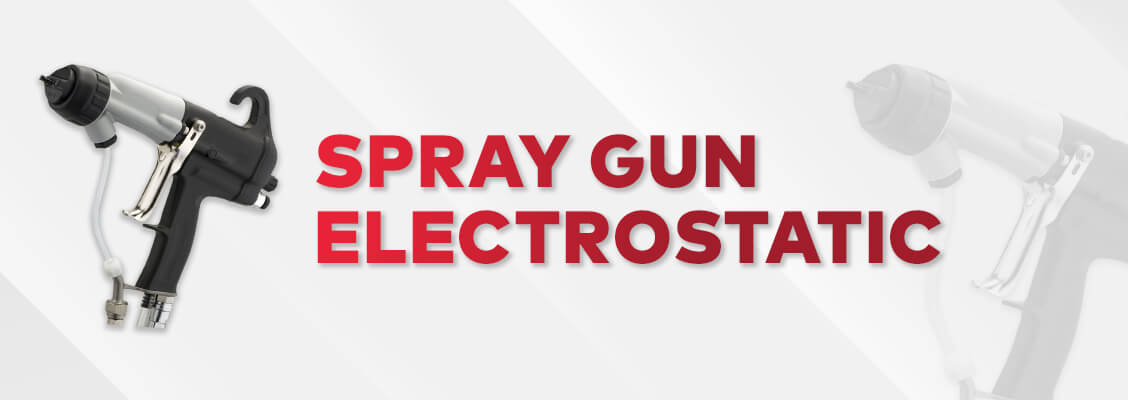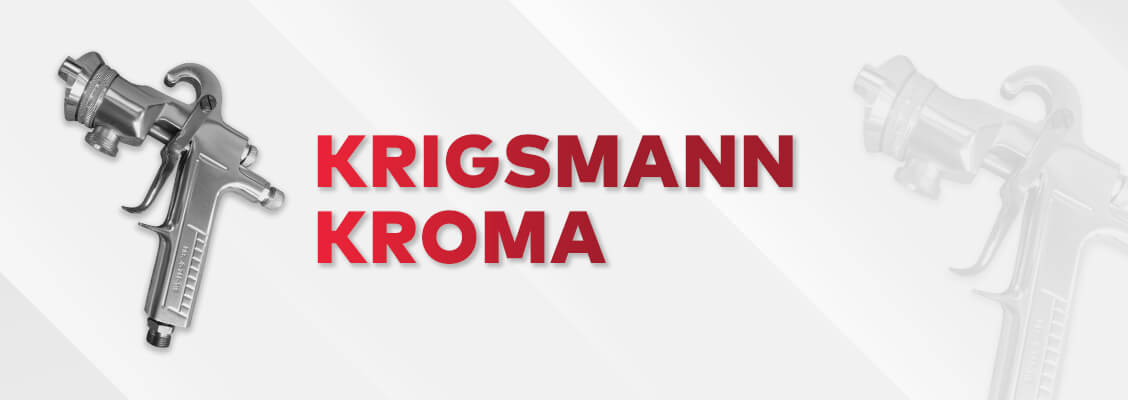At Win Therm, we are deeply committed to giving back to our community and making a positive impact on the lives of those around us. Our recent visit to the Wijaya Kusuma Orphanage in Cipanas was a testament to this commitment, embodying the core values of Win Therm and Social. This initiative was designed to enhance welfare, empathy, and social care, particularly for the children who need it the most.
Purpose and Commitment
The primary objective of our visit was to improve the welfare and well-being of the children at the orphanage. We aimed to show them that they are loved, valued, and cared for. By engaging in various positive activities, we sought to bring joy and create lasting memories for these children. Our visit is just one of the many ways Win Therm demonstrates its dedication to social responsibility and community support.
Engaging Activities
Our day at the orphanage was filled with numerous activities aimed at fostering a sense of community, fun, and learning:
- Morning Gymnastics We kicked off the day with a session of morning gymnastics, designed to energize and uplift the spirits of the children. Physical activity is crucial for health and well-being, and our exercises were tailored to be fun and inclusive for all ages
- Shared Meals We believe in the power of sharing meals to build strong bonds. Our communal eating sessions were filled with laughter and stories, creating a warm and welcoming environment. Sharing food is a simple yet powerful way to connect and show care
- Singing Together: Music is a universal language that brings people together. Our singing sessions were a highlight of the day, with children and volunteers joining in harmony. The joy and unity experienced during these moments were truly heartwarming.
- Interesting Games: Play is an essential part of childhood, and our games were designed to be engaging and enjoyable for the children. From team games to individual challenges, we ensured that every child had the opportunity to participate and have fun.
Impact and Future Goals
The visit to Wijaya Kusuma Orphanage was not just a day of fun; it was an expression of our long-term commitment to social care. By giving children the attention and love they need, we hope to contribute positively to their growth and happiness. The smiles and laughter we witnessed reaffirmed our belief in the importance of such initiatives.
Win Therm is dedicated to continuing these efforts, reaching out to more communities, and making a difference wherever we can. Our vision is to create a ripple effect of positive change, encouraging others to join us in our mission to build a more caring and empathetic society.
Join Us
Stay connected with Win Therm and Social to learn more about our ongoing and upcoming social initiatives. Together, we can create a brighter future for our communities. Visit our website and follow us on social media to stay updated and find out how you can be a part of our journey.

